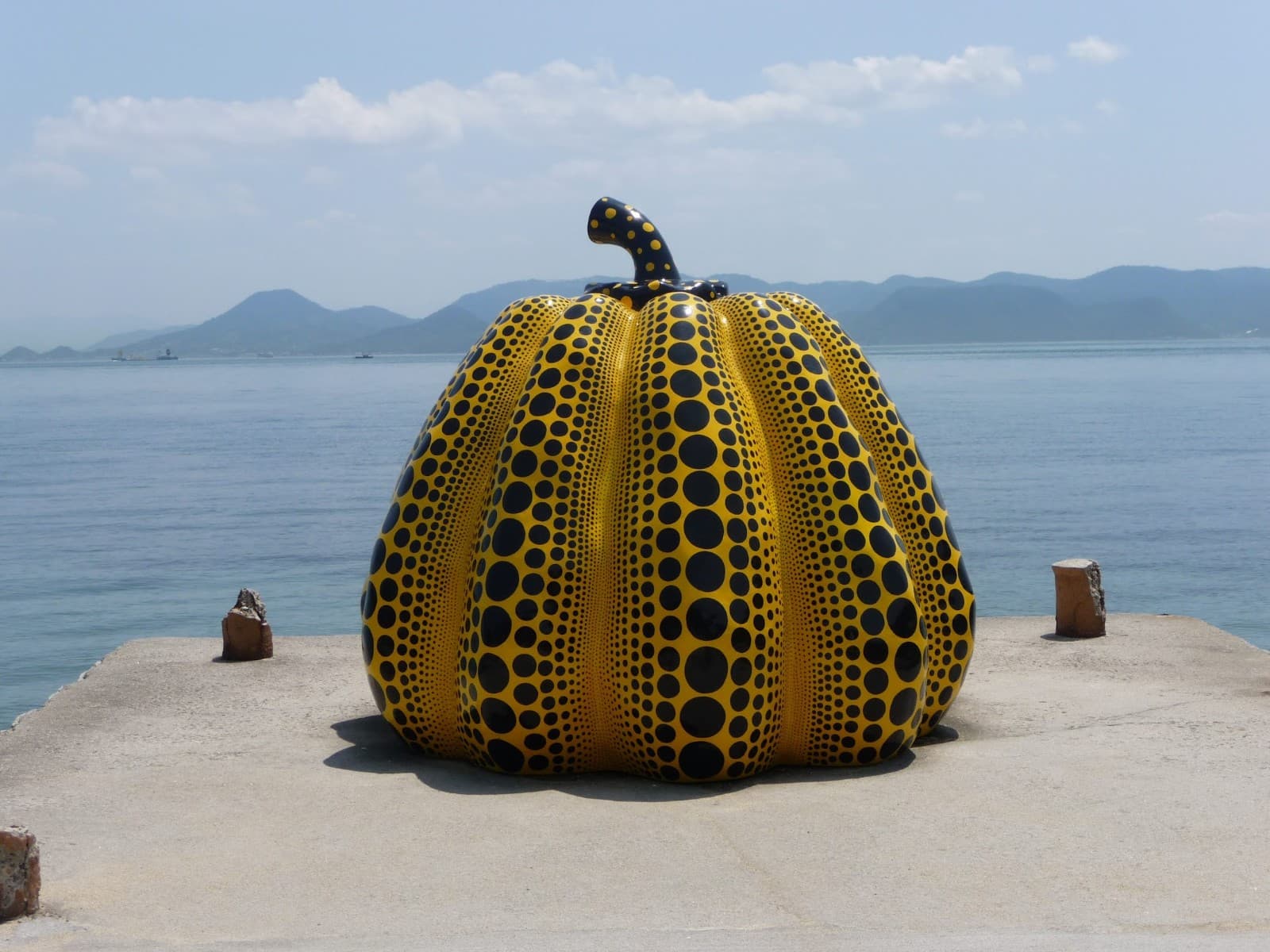
Naoshima
Naoshima, Japan's premier art island, captivates with its world-class museums, striking architecture, and serene coastal beauty.
Highlights
Must-see attractions
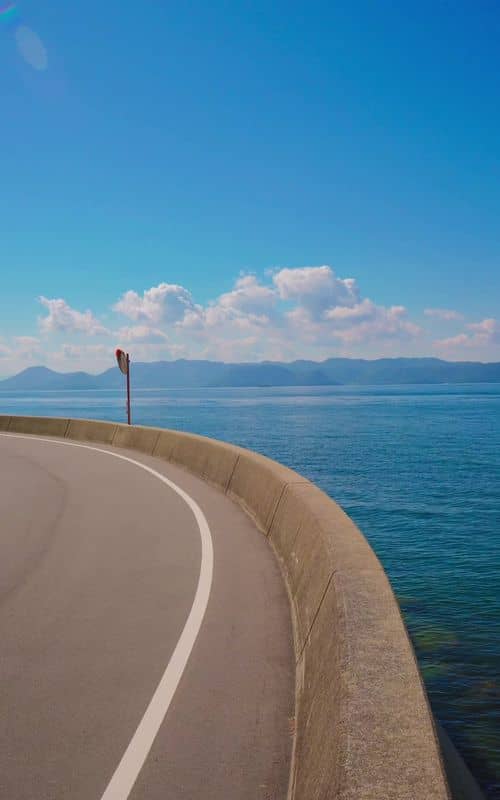
Social
From TikTok & Reddit
Best Time
Pleasant weather, fewer crowds

Naoshima
Best Time
Pleasant weather, fewer crowds
Highlights
Must-see attractions
Naoshima, Japan's premier art island, captivates with its world-class museums, striking architecture, and serene coastal beauty.
"Naoshima is a magical place that blends contemporary creativity with quiet island life."
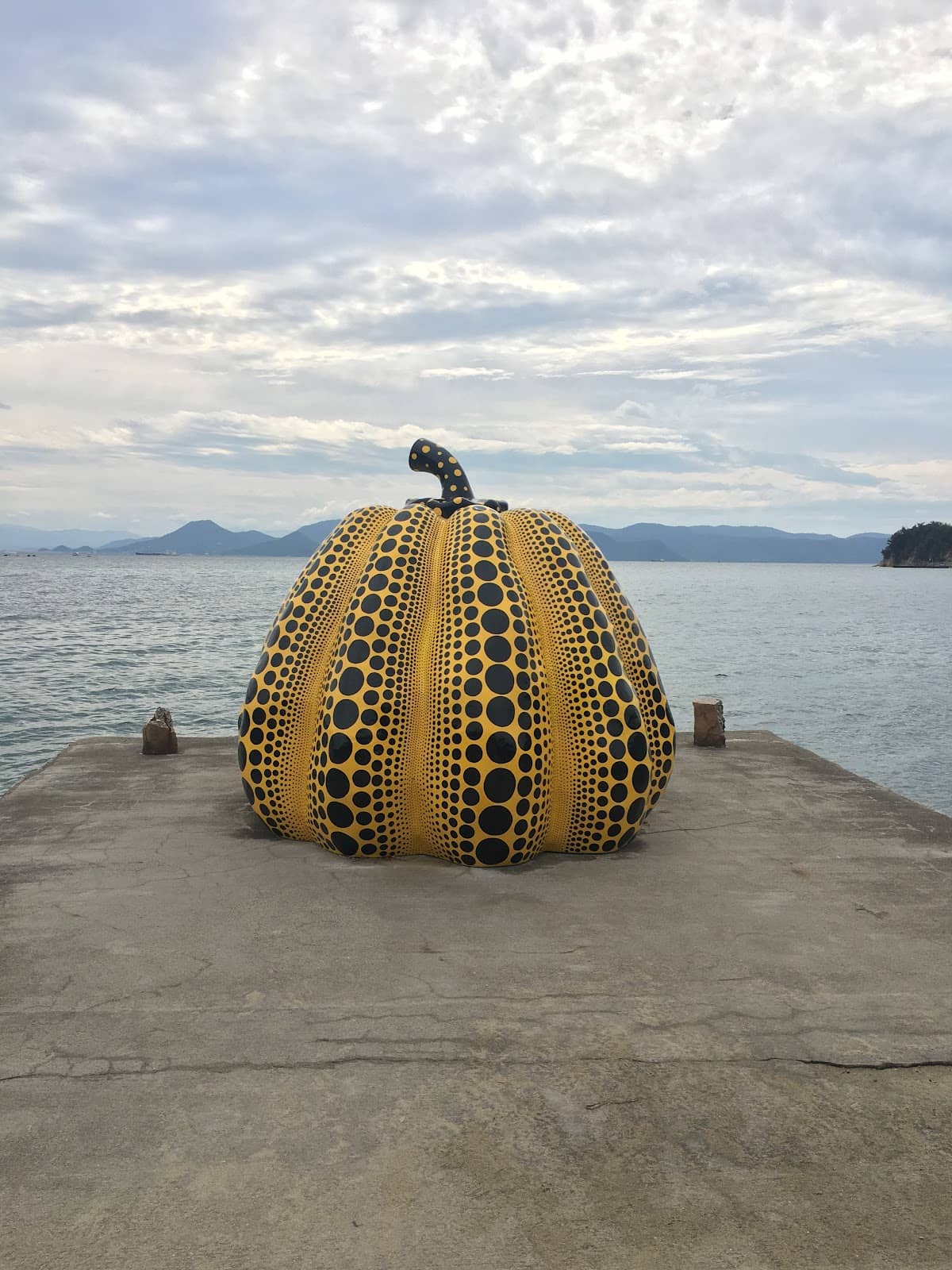
🎯 Book Museum Tickets Early
Popular spots like Chichu Art Museum require advance booking. Don't miss out!
🚲 Rent an E-bike!
Naoshima's hills are no joke. E-bikes make exploring much easier and enjoyable.
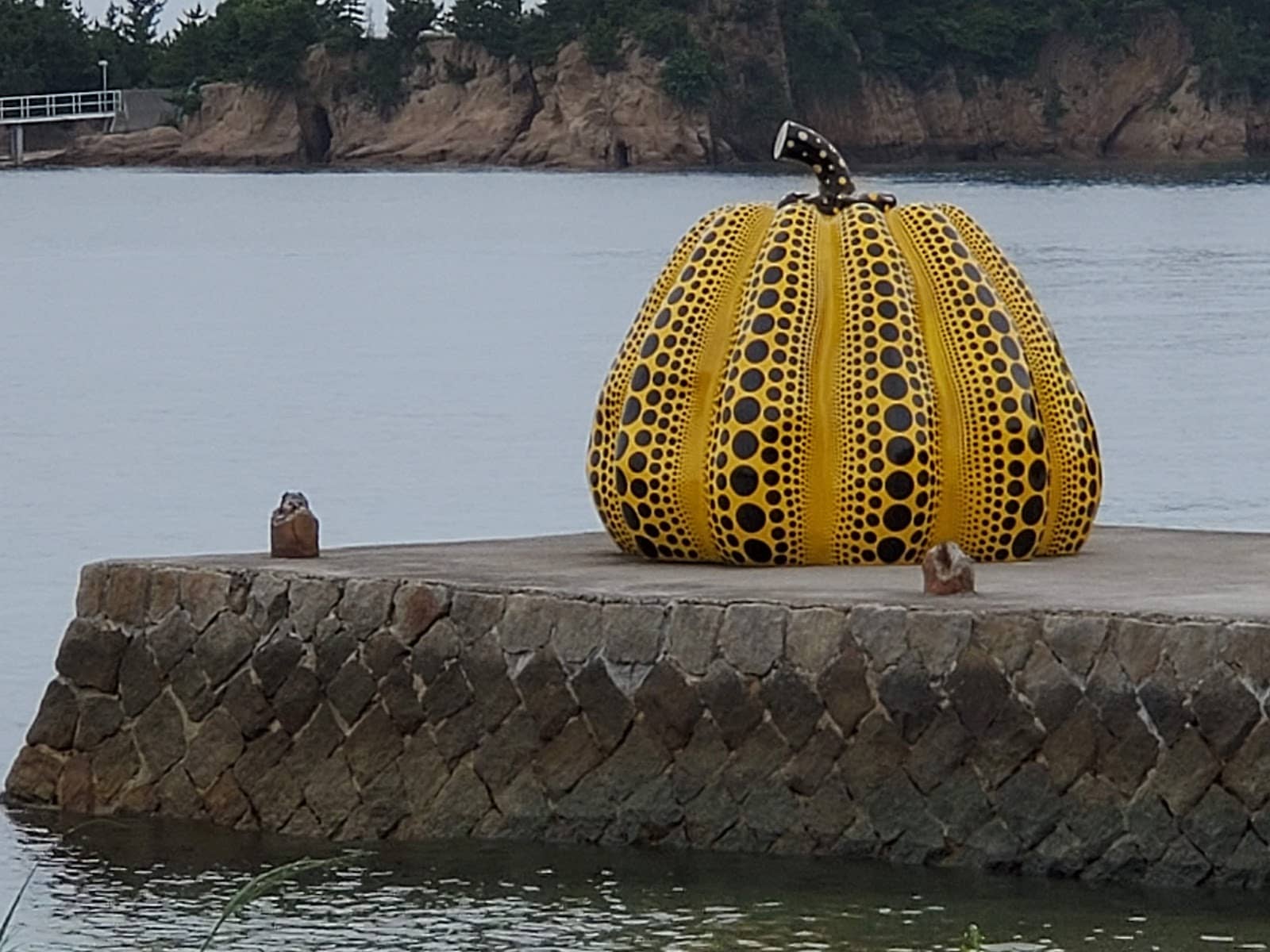
Highlights
Discover the most iconic attractions and experiences

Yayoi Kusama's Yellow Pumpkin
Near Benesse House Museum
The iconic outdoor sculpture that has become a symbol of Naoshima's vibrant art scene.

Chichu Art Museum
Near Benesse House
An architectural marvel by Tadao Ando, housing works by Monet, Walter De Maria, and James Turrell.
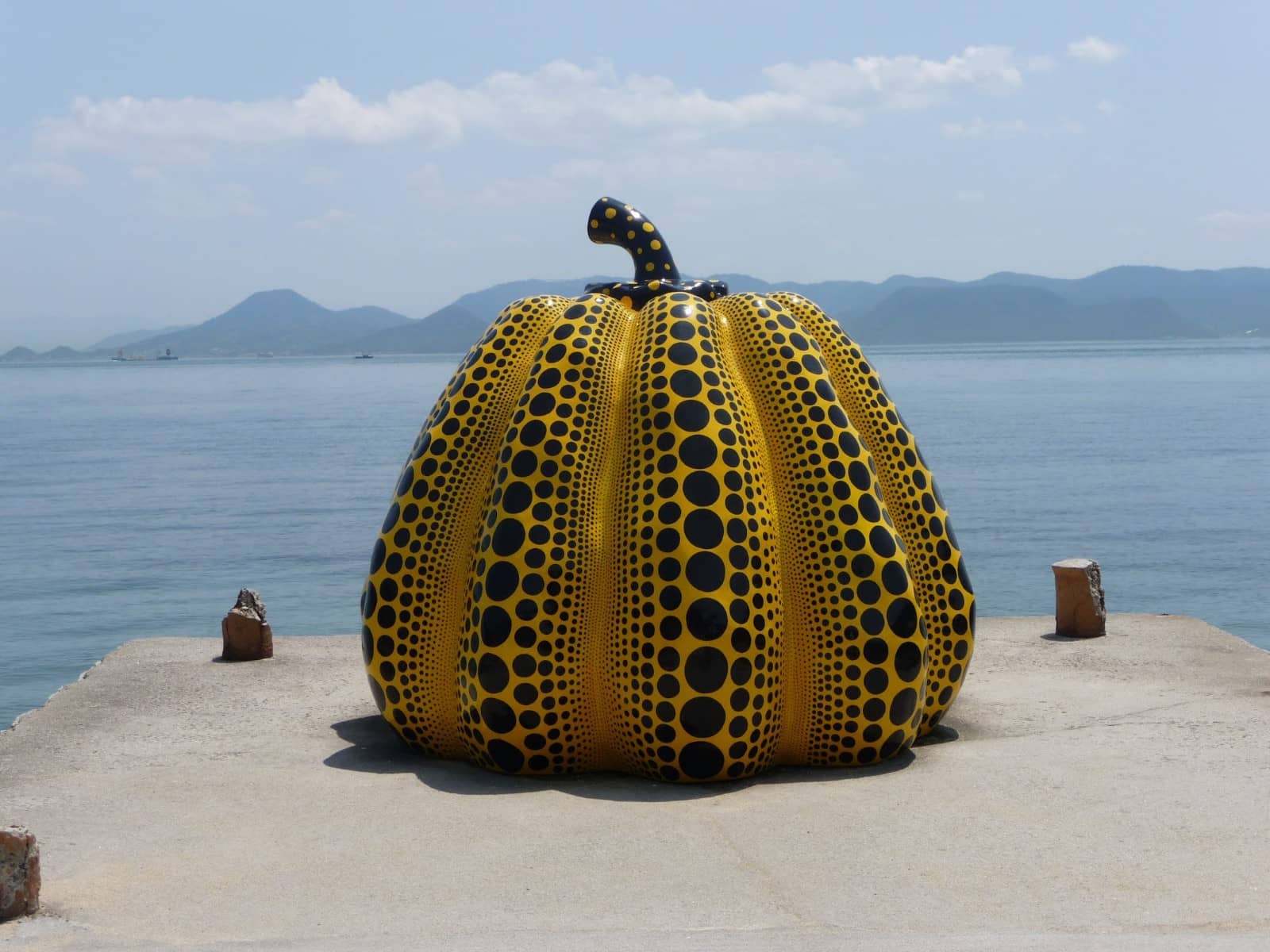
Benesse House Museum
Benesse Art Site
A unique hotel and museum complex blending art, architecture, and nature with stunning sea views.

Art House Project
Honmura District
Transforming traditional houses into art installations, offering an intimate and immersive experience.
Plans like a pro.
Thinks like you
Planning Your Visit
Book Ahead for Art & Accommodation
Getting Around the Island
Best Times
Insider Tips
from TikTok, Instagram & Reddit
🎯 Book Museum Tickets Early
Popular spots like Chichu Art Museum require advance booking. Don't miss out!
🚲 Rent an E-bike!
Naoshima's hills are no joke. E-bikes make exploring much easier and enjoyable.
🚫 Respect No-Photo Zones
Some museums prohibit photography. Experience the art firsthand!
🏨 Limited Accommodation
Book your stay on Naoshima well in advance, especially for unique spots like Benesse House.
Tips
from all over the internet
🎯 Book Museum Tickets Early
Popular spots like Chichu Art Museum require advance booking. Don't miss out!
🚲 Rent an E-bike!
Naoshima's hills are no joke. E-bikes make exploring much easier and enjoyable.
🚫 Respect No-Photo Zones
Some museums prohibit photography. Experience the art firsthand!
🏨 Limited Accommodation
Book your stay on Naoshima well in advance, especially for unique spots like Benesse House.
⏰ Check Opening Hours
Many museums close by 4-5 PM, and some places are closed on Tuesdays. Plan accordingly!
What Travellers Say
Reviews Summary
Naoshima is widely praised as a unique and beautiful art island, offering a captivating blend of contemporary art, stunning architecture, and serene island life. Visitors are particularly impressed by the world-class museums and outdoor installations, though some note the need for advance booking and the limited public transport options.
What People Like
What People Dislike
Frequently Asked Questions
🚇 🗺️ Getting There
To reach Naoshima, you'll typically travel to Okayama Station, then take a local train to Uno Port. From Uno Port, a ferry will take you to Naoshima Island. The journey from Osaka or Kyoto involves multiple train transfers and can take several hours. Consider booking accommodation on the island to make the most of your visit.
The most recommended way to explore Naoshima is by renting an electric bicycle (e-bike) from near the ferry port. This makes navigating the island's hills much easier. Public buses are also available but can be infrequent. Walking is an option for certain areas, but an e-bike offers the most flexibility.
Yes, Naoshima can be visited as a day trip, especially if you arrive early. However, with limited ferry schedules and museum closing times, an overnight stay is highly recommended to fully experience the art and atmosphere of the island.
It can be challenging to get around Naoshima without an e-bike, especially if you are not used to cycling uphill. While public buses exist, they are not always frequent. For older travelers or those with mobility concerns, planning your route carefully and prioritizing key attractions is advised.
Ferries to Naoshima depart from Uno Port. The schedule can vary, so it's best to check the latest ferry times in advance to plan your arrival and departure. Ferries are the primary mode of transport to the island.
🎫 🎫 Tickets & Entry
Yes, advance booking is highly recommended, and often required, for popular museums like the Chichu Art Museum and the Hiroshi Sugimoto Gallery. This helps manage visitor numbers and ensures you get your preferred time slot.
Most museums on Naoshima, including the Chichu Art Museum and Benesse House Museum, typically close around 4 or 5 PM. It's crucial to check the specific opening hours for each attraction before your visit, as they can vary.
Many museums and galleries on Naoshima are closed on Mondays. Some may also have additional closing days or be closed during specific periods. Always verify the operating days before planning your itinerary.
The Art House Project involves transforming traditional empty houses in the Honmura district into unique art installations. Each house offers a different artistic experience and is a must-see for art enthusiasts.
While some outdoor installations like Yayoi Kusama's pumpkin are free to view, most museums and galleries on Naoshima have an entrance fee. It's advisable to check the individual admission costs for each site you plan to visit.
🎫 🎨 Onsite Experience
Key attractions include Yayoi Kusama's iconic Yellow Pumpkin, the architectural marvel of the Chichu Art Museum, the Benesse House Museum, and the immersive Art House Project in Honmura. The Lee Ufan Museum is also highly regarded.
Photography and videography are generally not allowed inside most museums and galleries on Naoshima, particularly within the Chichu Art Museum and Benesse House Museum. This policy helps preserve the artworks and the visitor experience.
Benesse Art Site Naoshima is a comprehensive art project that encompasses several museums, outdoor sculptures, and accommodations on the island, curated by the Benesse Corporation. It's the central hub for much of the island's contemporary art.
Naoshima is renowned for its architecture, particularly the works of Tadao Ando. His designs, such as the Chichu Art Museum and Benesse House, are integrated seamlessly with the natural landscape and are attractions in themselves.
Naoshima features a diverse range of contemporary art, including works by renowned artists like Yayoi Kusama, Hiroshi Sugimoto, Lee Ufan, and James Turrell. The art is presented in museums, outdoor installations, and the unique Art House Project.
🍽️ 🍽️ Food & Dining
Naoshima offers a variety of dining experiences, from casual cafes to restaurants serving local seafood and udon noodles. Some accommodations, like Benesse House, have their own dining facilities. Exploring local eateries provides a taste of island life.
There are dining options available near the main museum areas, including cafes and restaurants within or close to Benesse House and the Chichu Art Museum. It's advisable to check their operating hours and menus in advance.
While specific options may vary, many restaurants on Naoshima are accommodating. It's recommended to inquire about vegetarian or vegan dishes when ordering, or to pack some snacks if you have strict dietary needs.
Seafood caught from the Setouchi Sea is a highlight, often featured in dishes like fish burgers. Udon noodles are also a popular and delicious choice. Cafes often offer artistic pastries and drinks.
There are a few small shops and convenience stores on Naoshima where you can purchase snacks, drinks, and basic necessities. However, for a wider selection, it's best to stock up before arriving on the island.
📸 📸 Photography
Iconic spots include Yayoi Kusama's Yellow Pumpkin by the sea, the exterior of the Chichu Art Museum, and the unique architecture of Benesse House. The Art House Project also offers interesting visual opportunities.
While outdoor art is generally fine for photos, many indoor museums strictly prohibit photography and videography to protect the artworks. Always check signage and be respectful of these rules.
A versatile camera that can handle both landscapes and detailed shots is ideal. Many visitors enjoy using smaller, portable cameras for vlogging and capturing candid moments.
Drone usage is generally restricted in many areas, especially around museums and residential zones, for privacy and safety reasons. It's best to avoid flying drones on Naoshima unless you have explicit permission.
Golden hour, shortly after sunrise and before sunset, offers beautiful lighting for outdoor sculptures and landscapes. Midday can be harsh, but the unique architecture often looks striking under direct sunlight.
For Different Travelers
Tailored advice for your travel style
👨👩👧 Families with Kids
Consider focusing on the more accessible art pieces and enjoying the island's natural beauty. Packing snacks and drinks is advisable, as dining options might be limited or cater to adult tastes. The overall experience can be a memorable adventure, introducing children to contemporary art in an unconventional setting.
🎨 Art Enthusiasts & Architecture Buffs
Don't miss the Art House Project for an intimate artistic experience within traditional settings. Researching the artists and architects beforehand, such as Hiroshi Sugimoto and James Turrell, will deepen your appreciation for the curated installations. Remember to book tickets in advance, as popular sites fill up quickly.
🚶♀️ Solo Travelers
Consider staying at Benesse House for a unique experience, or explore guesthouses in Honmura or Uno Port for more budget-friendly options. Engaging with the art installations and enjoying the quiet island atmosphere can be a deeply rewarding solo journey.
Deep Dives
In-depth insights and expert knowledge
The Art of Naoshima: A Curated Experience
Key to Naoshima's artistic identity are its iconic museums, many designed by the celebrated architect Tadao Ando. The Chichu Art Museum, built mostly underground to preserve the natural landscape, houses masterpieces by Claude Monet, Walter De Maria, and James Turrell. The Benesse House Museum itself is a work of art, functioning as both a hotel and a gallery, showcasing contemporary works alongside stunning sea views.
Beyond the major museums, the Art House Project in the Honmura district offers a more intimate encounter with art. Here, traditional Japanese houses have been repurposed into unique exhibition spaces, each curated by different artists. This project breathes new life into the island's heritage, allowing visitors to experience art within the context of local life.
Navigating Naoshima: Transportation and Logistics
Once on Naoshima, the most popular and efficient way to explore is by renting an electric bicycle (e-bike). The island has several rental shops near the ferry terminals. E-bikes are highly recommended due to the island's hilly terrain, making it easier to reach various art sites and enjoy the scenic routes. For those who prefer not to cycle, a local bus service operates on the island, though its routes and frequency might be limited, requiring careful timetable checks.
It's also important to be aware of the operating hours and potential closure days for museums and galleries. Many sites close by late afternoon, and Mondays are a common closing day for several attractions. Advance booking for popular museums is often essential to secure your entry and avoid disappointment.
Where to Stay: Naoshima Accommodation
Beyond Benesse House, visitors can find other charming places to stay. Uno Port on the mainland near the ferry terminal is also a convenient option, offering hotels and guesthouses for those who prefer to stay closer to transportation hubs or are visiting for a shorter period. For a more traditional experience, exploring local guesthouses or ryokans might be possible, though options are limited and book up quickly. Planning your accommodation well in advance is crucial, especially during peak travel seasons.

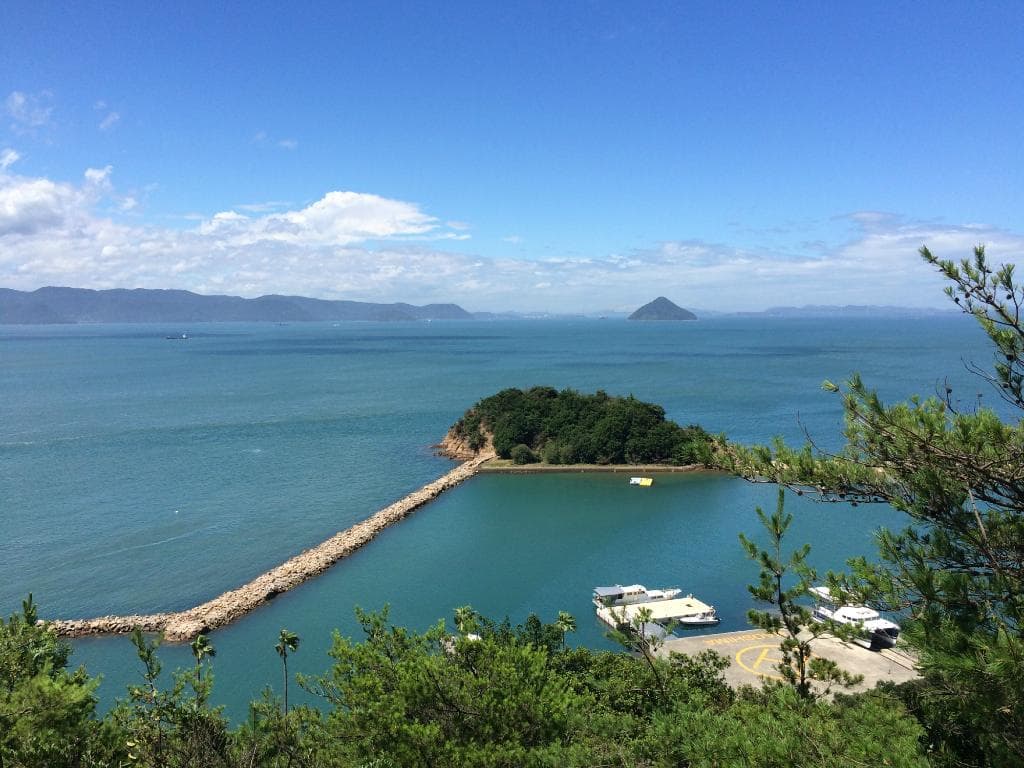
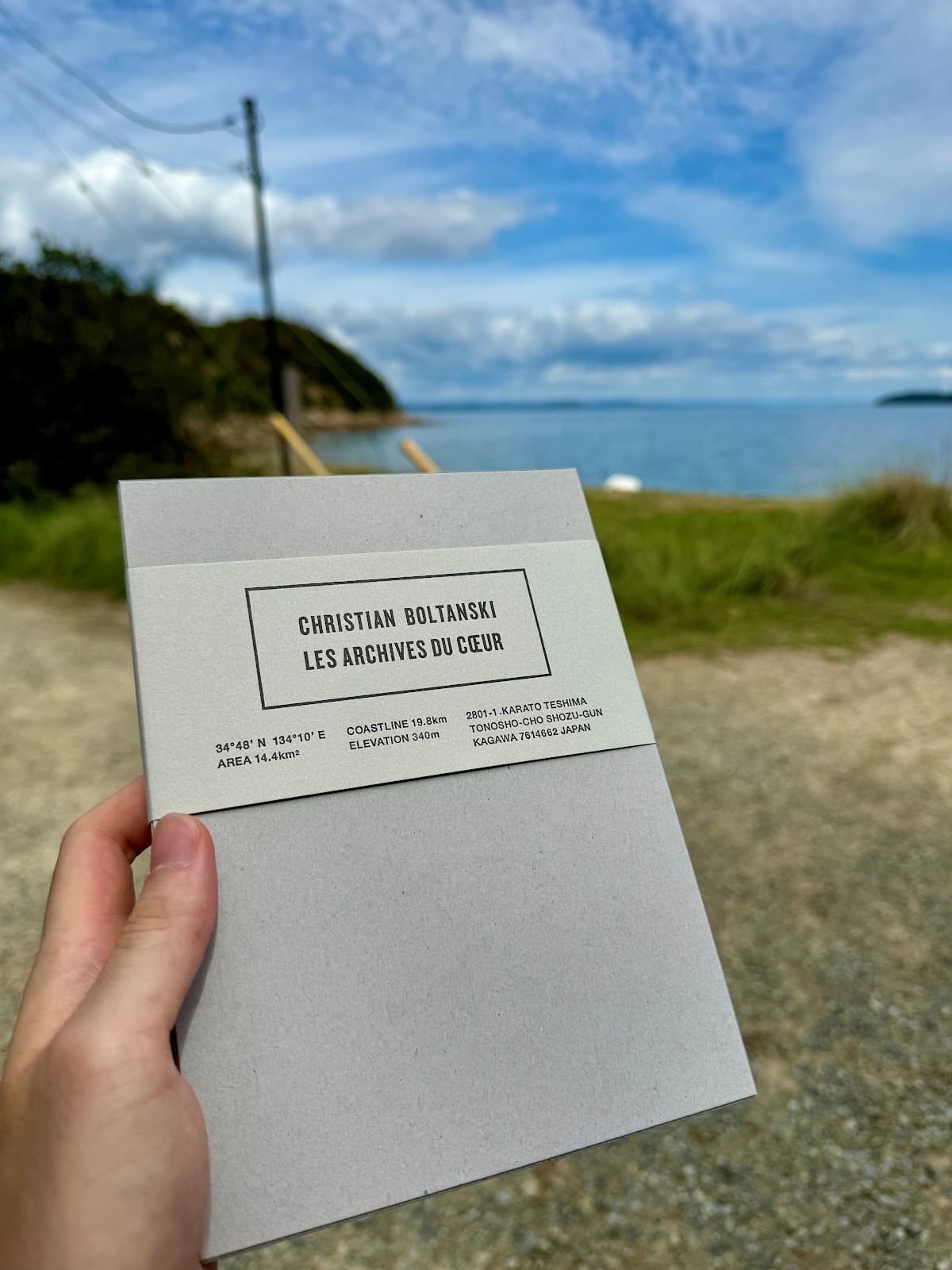


Social
from TikTok, Instagram & Reddit